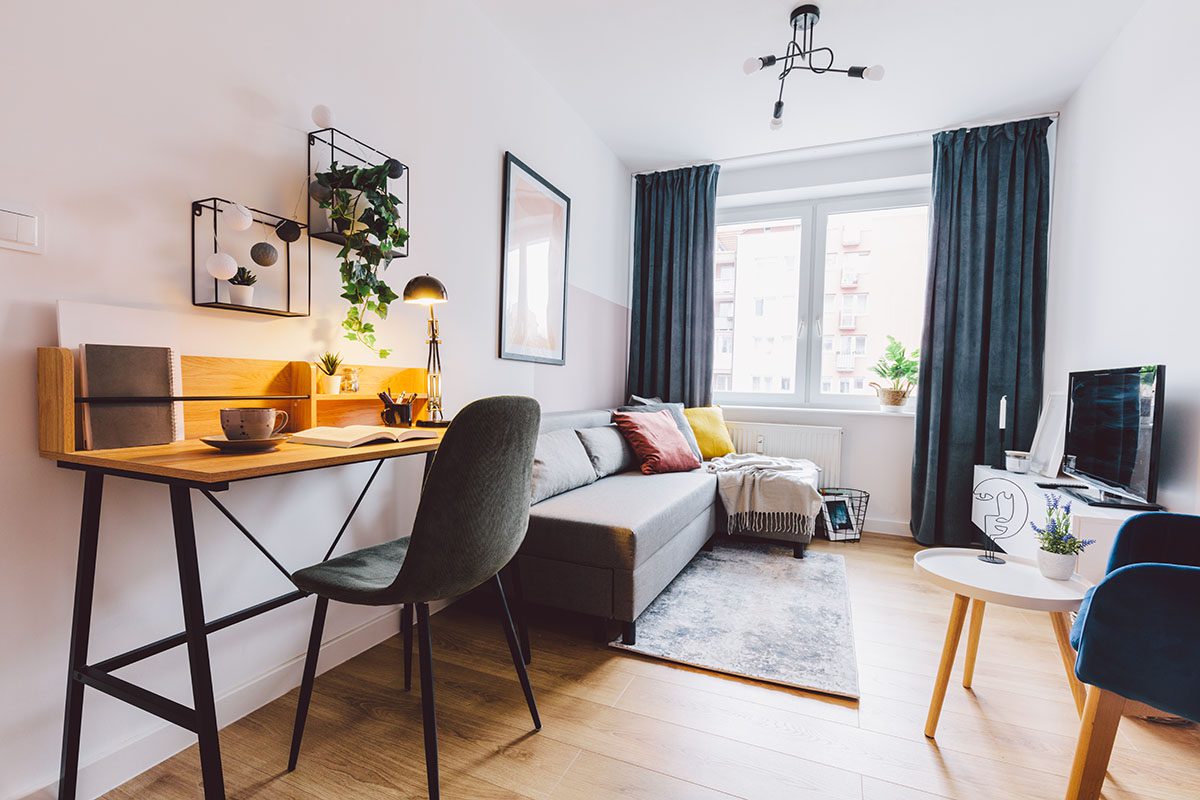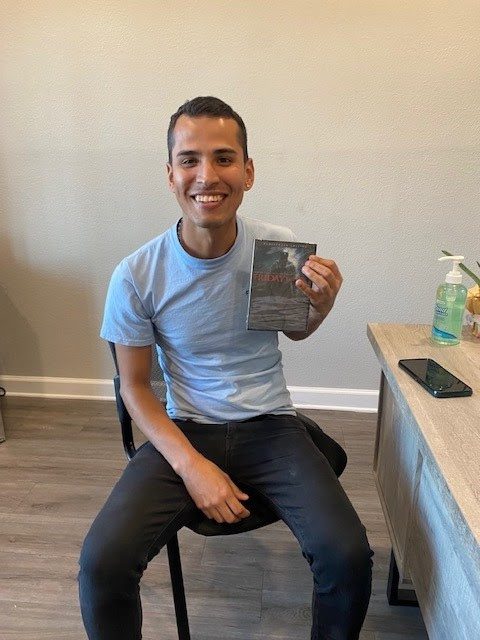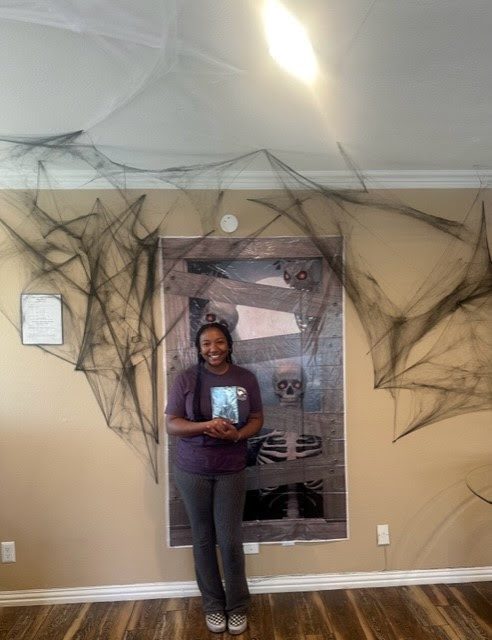
I hope your week is off to a good start and happy Wednesday. Yes, it’s Wednesday, not Tuesday. Just keeping it interesting over here. I usually write my CEO blog on Monday to send out on Tuesday but unfortunately it wasn’t meant to be this week. I struggled with a migraine all day on Monday and just couldn’t see straight enough to get much writing done! Much better today, thankfully, and geared up for a busy week ahead.
I’ve been thinking a lot recently about the importance of mental health when it comes to being successful in life. Whenever we lose control of something in our lives, we tend to feel stress. It’s a natural human tendency – but not one that is particularly productive over the long run. Good mental health requires a certain level of mental discipline – to weed out the emotions and focus on the facts. To prioritize the things you can change, and leave the others alone. It’s not easy.
There’s plenty of stress in our industry right now as we all grapple with massive shifts in the economy, monetary policy, inflation, etc. It’s during times like these when it’s so important to maintain good mental health. One thing I like to do is review my todo list every day, prioritize the top 10 things, and focus on getting at least half of them done. It’s amazing how difficult it is when you have constant distractions throughout the day – emails, phone calls, bad situations, problems to solve, etc. But being focused and intentional are absolutely critical success factors in life.
Turnover/Retention
Speaking of critical success factors – in our industry one of the most important critical success factors is lowering turnover. When a resident moves out it costs both the resident and the landlord. Below are the major costs associated with that turnover as well as some ideas on how to improve turnover (and lower costs).
- Vacancy Costs: When a resident moves out, there’s typically a period of vacancy before a new resident moves in. During this time, landlords miss out on rental income, which can be a significant financial loss. Our typical down time is 3 weeks, very similar to the industry average.
- Marketing and Advertising Costs: To fill a vacant unit, landlords must invest in marketing and advertising to attract new residents. This includes expenses for creating property listings, online advertising, and hosting the website and social media platforms.
- Maintenance and Repairs: It’s common for units to require maintenance and repairs after a resident moves out. These costs can include repainting, cleaning, fixing damages, and ensuring the property is in suitable condition for the next tenant. Typically this costs us $2-5k per unit.
- Administrative Costs: Administrative costs are incurred in processing applications, conducting background checks, preparing lease agreements, and other paperwork related to onboarding a new resident.
- Turnover Management Costs: Managing the logistics of tenant turnover, such as coordinating move-ins and move-outs, scheduling inspections, and conducting walkthroughs, also requires time and resources. Our onsite folks spend a large part of their day managing and coordinating this process.
And at the end of all that, you typically have a $3-5k bill as the landlord, and the resident has probably spent $1-2k on moving. It’s an expensive decision that many folks don’t consider carefully enough. We need to do a good job helping our residents to understand the true cost of leaving so they can make wise decisions. It’s also why getting the right people in the door on the front end of the equation is absolutely critical.
The industry average resident retention is about 58%. That means 42% of our properties are going to turnover every single year, on average. The bottom quartile properties have a 50% retention rate and the top companies/properties have a 65% average resident retention rate. We’re currently sitting at 58%. Average, but not great. We have a long way to go. Here are some of the key factors in providing a better resident experience which leads to higher retention.
- Exceptional Customer Service: Providing excellent customer service is crucial. Promptly addressing tenant concerns, being responsive to maintenance requests, and maintaining a friendly and respectful relationship with residents can significantly improve retention. This is one reason we implemented and AI resident success manager.
- Regular Communication: Keep an open line of communication with residents. Regularly check in with them to see if they have any concerns or needs. Addressing issues promptly and effectively can help residents feel valued. Again, being available when onsite and giving residents the confidence that we’re paying attention to what’s going on (and are addressing problems as they come up) is extremely important.
- Lease Renewal Incentives: Offer lease renewal incentives, such as a rent discount, a free month’s rent, or an upgraded unit, to encourage residents to stay. Knowing that it cost us about $4k/unit to turn, we’re happy to give a small lease renewal incentive to offset that savings in turn cost.
- Community Building: Foster a sense of community within the multifamily complex. Organize events or amenities that encourage social interaction among residents. A strong sense of community can make residents more attached to the property. We like doing holiday events, grab-n-go breakfast, ribbon cutting welcome, contests/prizes, etc.
- Prompt Repairs and Maintenance: Ensure that any maintenance or repair issues are resolved quickly and efficiently. A well-maintained property is more likely to retain residents. Trying to find caring maintenance staff is tough but it’s worth being persistent to find the right team!
- Customized Amenities: Tailor amenities to the specific preferences and needs of your residents. For instance, if you have many families, consider adding a playground or childcare facilities. We usually add a dog park to all our properties. Easy add and it’s relatively inexpensive.
- Fair Rent and Transparent Policies: Keep rent increases reasonable and transparent. Unpredictable rent hikes can lead to tenant dissatisfaction and turnover. Our goal is to contact our residents between 30-60 days before their renewal date to start discussing renewal plans. Waiting too long just allows the competition to step in and plant seeds of doubt!
- Security and Safety: Ensure that the property is safe and secure. Residents are more likely to stay in a place where they feel safe. Several of our sites require security personnel – but it’s well worth the investment to maintain a higher caliber resident demographic.
- Survey and Feedback: Regularly survey residents to gather feedback and suggestions for improvements. Use this feedback to make continuous enhancements to the property. This is something we’re just starting to do as we roll out our resident retention program.
Achieving above-average resident retention in multifamily housing requires a combination of excellent customer service, proactive management, and the creation of a community where residents feel comfortable and valued. Think about this – one resident event each month that costs $4k could save you 10% turnover costs. Let’s assume you have a 200-unit property and you can save 20 folks from moving out each year. If it costs $4k/unit in turnover costs, your total cost savings are 20 units times $4k, or $80,000. Compare that against your cost of $4k/month, or $48k/year and you just picked up an additional $32k/year on the bottom line. At a 6% cap rate valuation, that’s worth over $533k in added property value!
Property Highlights – North Creek and Millennium Dallas
Speaking of resident retention – our folks at North Creek and Millennium Dallas had a drawing for a movie. Any resident who paid on time was eligible to participate. Nothing fancy, just something simple to reward our loyal and on-time payers.


Next Week
Next week we’ll dig into a little primer on rate cap pricing and strategy as well as look back at the Fed rate hike history, how it looks in the rearview mirror relative to other hikes, and what to expect going forward.
Thanks for reading – that’s all for now. I hope you have a great week!